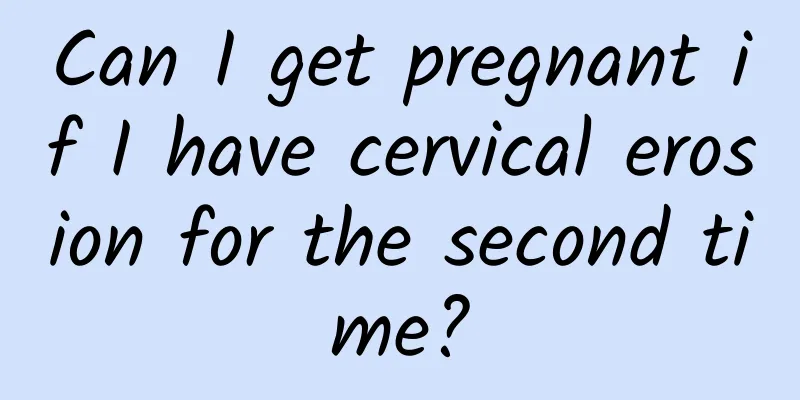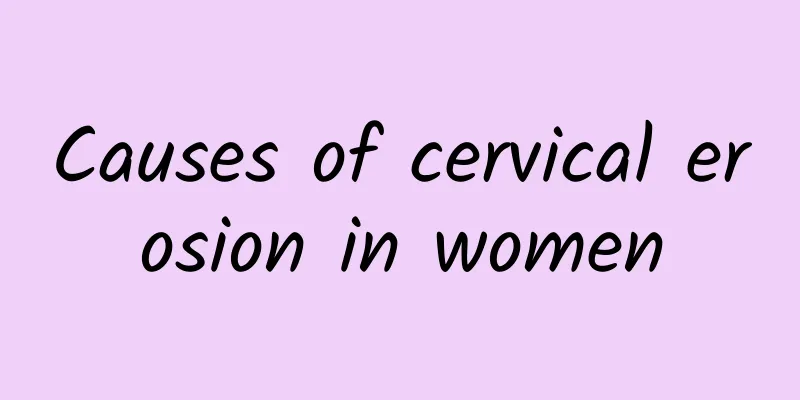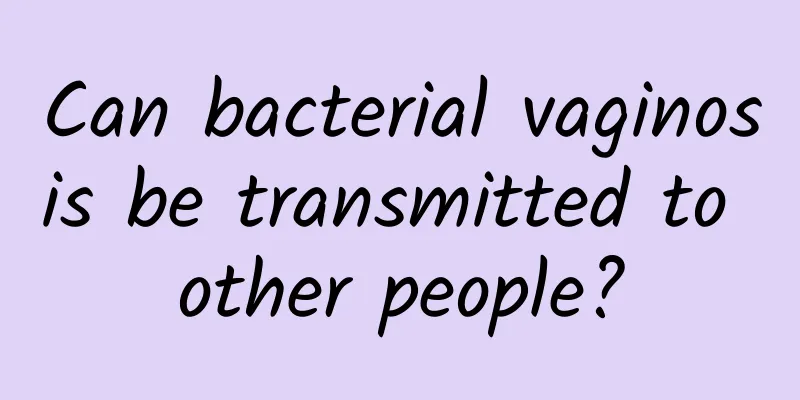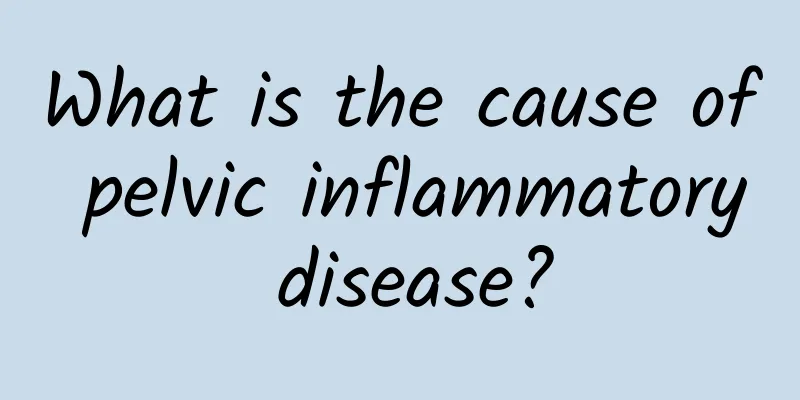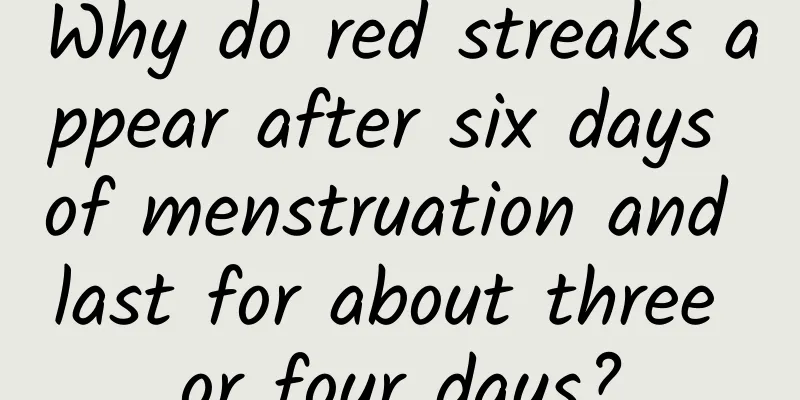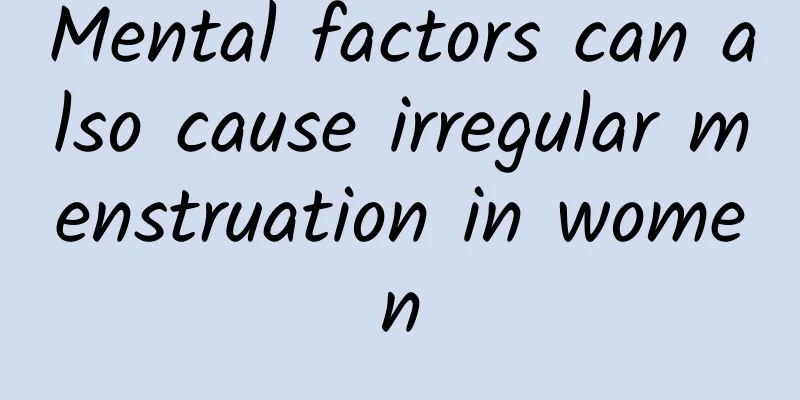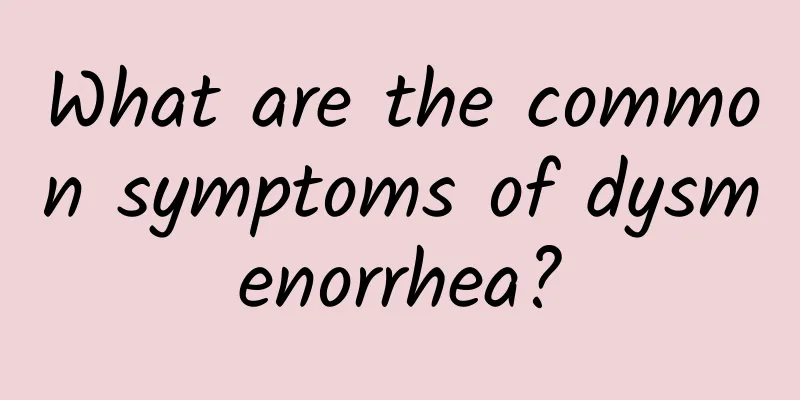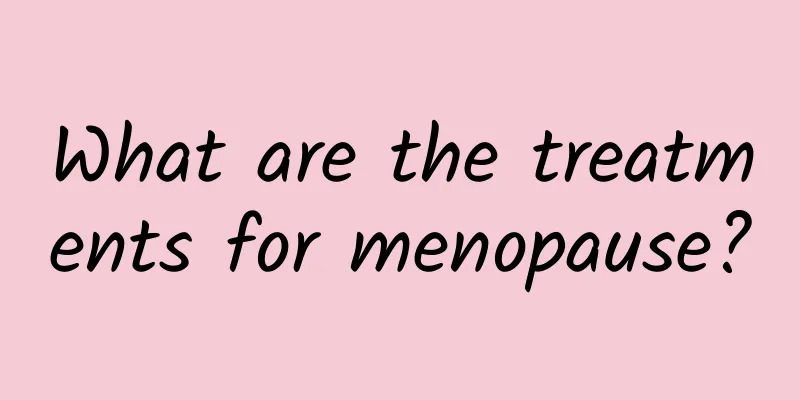Are polycystic ovaries polyfollicular?
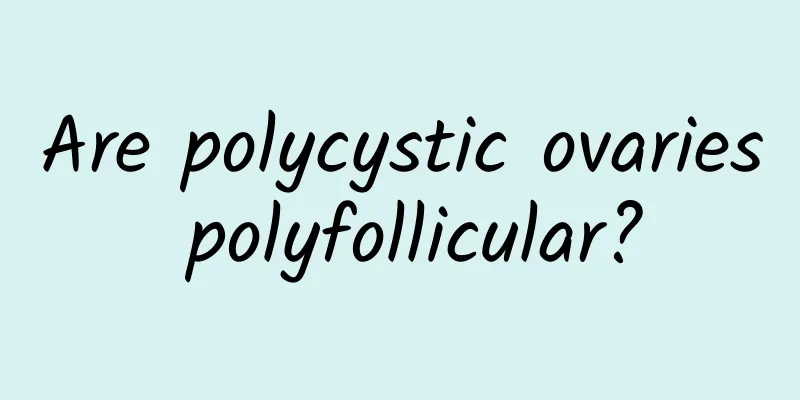
|
Polyfollicular ovary and polycystic ovary are two different ovarian conditions. Although the names are similar, they cannot be confused. Polyfollicular ovary is a physiological phenomenon in which multiple follicles exist in the ovary, while polycystic ovary syndrome (PCOS) is a pathological disease related to endocrine disorders. To distinguish between the two, it is necessary to combine symptoms, hormone levels and imaging examinations. 1 Characteristics and causes of polyfollicular ovary Polyfollicular ovary refers to the presence of multiple small follicles in the ovaries, which is usually found by ultrasound examination. This is usually a physiological phenomenon, especially common in women of childbearing age. Its formation may be related to factors such as hormone fluctuations, good ovarian reserve or the use of ovulation-inducing drugs. In most cases, it does not cause clinical symptoms and does not require special treatment. If there is no accompanying menstrual disorder, infertility, etc., there is no need to worry. 2 Symptoms and causes of polycystic ovary syndrome Polycystic ovary syndrome is a complex endocrine and metabolic disorder characterized by ovulation disorders, hyperandrogenism symptoms such as hirsutism and acne, and polycystic ovaries on ultrasound. The causes may include genetic factors and insulin resistance. It has a greater impact on health than polyfollicular ovary and may cause infertility, metabolic syndrome and other problems, so timely intervention is necessary. 3 How to distinguish and treat Doctors distinguish the two conditions by taking a medical history and doing hormone blood tests and ultrasonography. Polyfollicular ovaries usually do not require treatment, only regular follow-up monitoring. Treatment of PCOS depends on the patient's symptoms. Drug treatment: such as oral contraceptives to regulate menstruation, anti-androgen drugs such as spironolactone to improve symptoms of hirsutism, or metformin to improve insulin resistance. Lifestyle intervention: A low-sugar, low-fat diet and at least 30 minutes of exercise per day are recommended to help regulate weight and hormone balance. Fertility treatment: If infertility is a problem, you can use ovulation-inducing drugs such as clomiphene or injectable sex hormones to help ovulation under the guidance of a doctor. Polyfollicular ovaries and polycystic ovaries are two different concepts. For women of childbearing age, if multiple follicles are found in the ovaries, it is recommended to cooperate with the doctor to check and determine the cause. If accompanied by discomfort or abnormal menstruation, you should seek medical treatment in time for regular treatment to maintain your health and fertility. |
<<: Can I take anti-inflammatory drugs for cervical inflammation?
>>: Will precocious puberty lead to premature ovarian failure?
Recommend
How to treat cervical erosion, 2 treatments and 4 cares for cervical erosion
If cervical erosion occurs, drugs can be used for...
What diseases can be checked by color Doppler ultrasound of the uterine appendages? Is there any disease in the uterus?
Color Doppler ultrasound of the uterine adnexa ca...
Can adnexitis be left untreated?
Can adnexitis be left untreated? 1. Adnexitis gen...
Overview of unsafe abortion
Artificial abortion is something that many female...
What causes irregular menstruation? Check out the 6 causes of irregular menstruation
1. Bad living habits: They are the "culprits...
Lose 21kg by taking enzymes? 3 must-know charms
I believe you must have heard that "enzymes ...
What is the reason for red pimples on the face during menstruation?
What is the reason for red pimples on the face du...
Who are the most susceptible groups to miscarriage?
There are many groups of people who are prone to ...
Coffee not only refreshes you, but also helps you lose weight and improve fatty liver! 5 good articles to take notes on, drink coffee healthily
Coffee is the golden drink of choice for many peo...
Can I drink brown sugar water after a miscarriage?
The glucose contained in brown sugar releases ene...
My period hasn't come for two months, and sometimes I have lower abdominal pain and back pain. What do you think?
My period hasn't come for two months, and som...
How often should hyperprolactinemia be checked?
How often should hyperprolactinemia be checked? E...
Are anti-inflammatory drugs effective for cervicitis?
Oral anti-inflammatory drugs have a certain effec...
What causes cervical erosion in women? 4 reasons for cervical erosion
Cervical erosion is a common gynecological diseas...
How much does it cost to microwave cervical precancerous lesions?
Speaking of cervical precancerous lesions, I beli...
